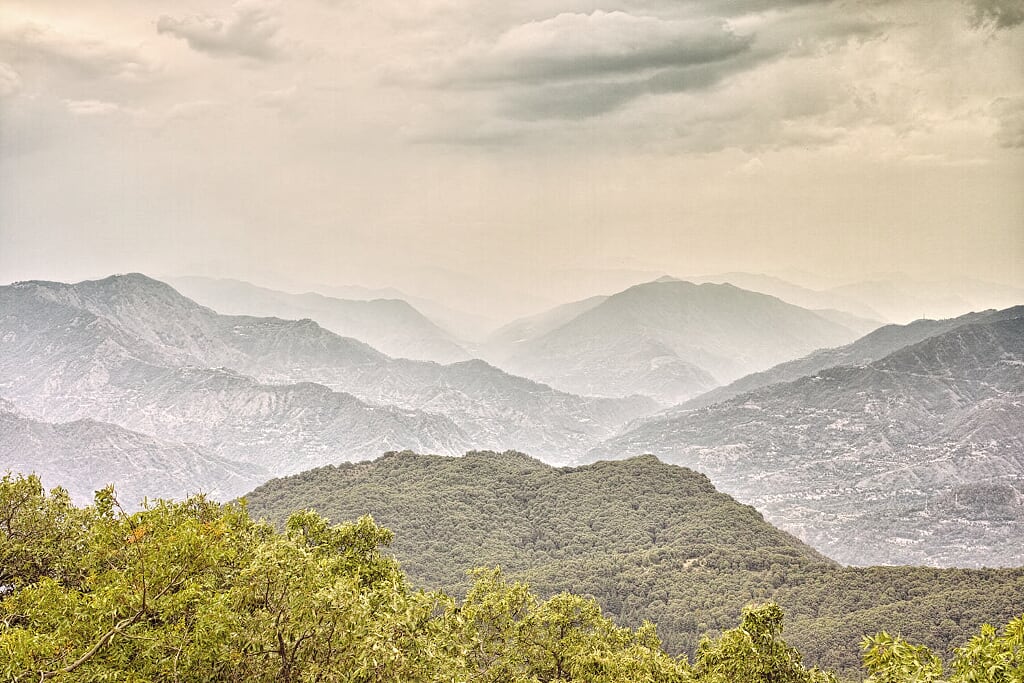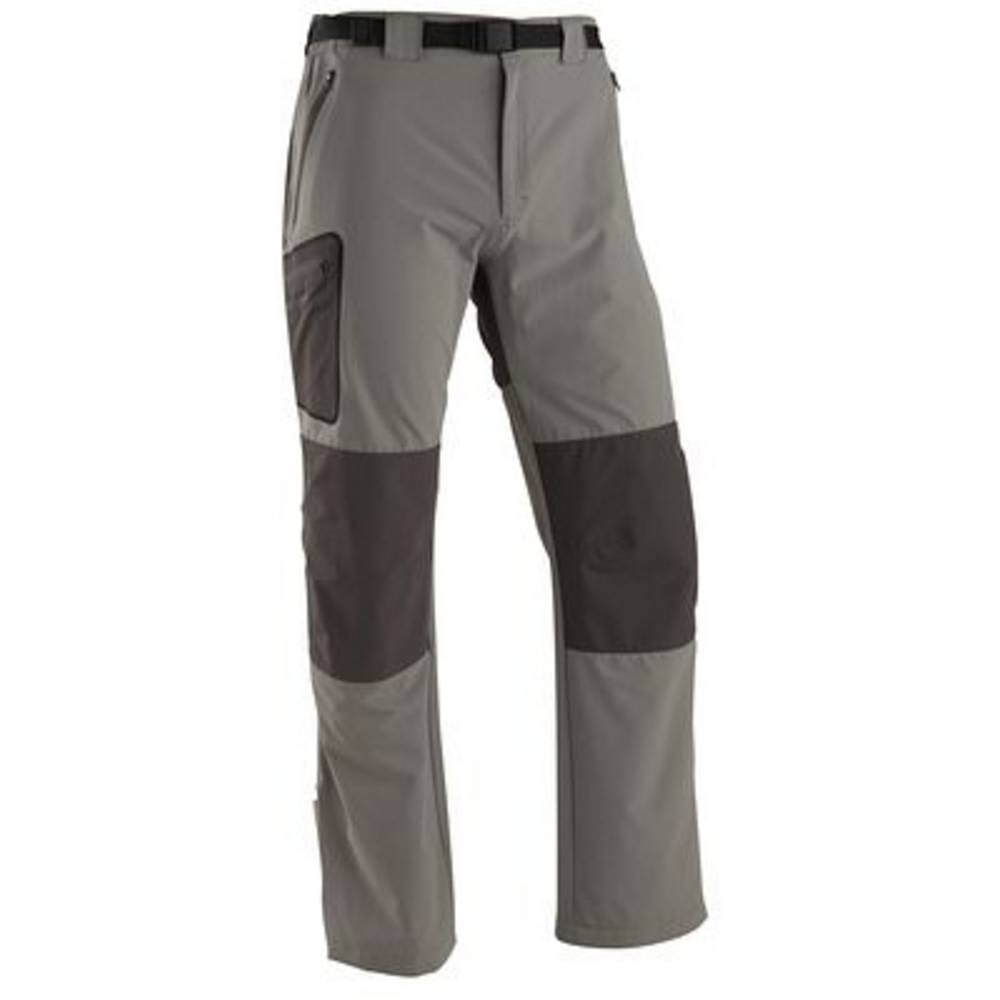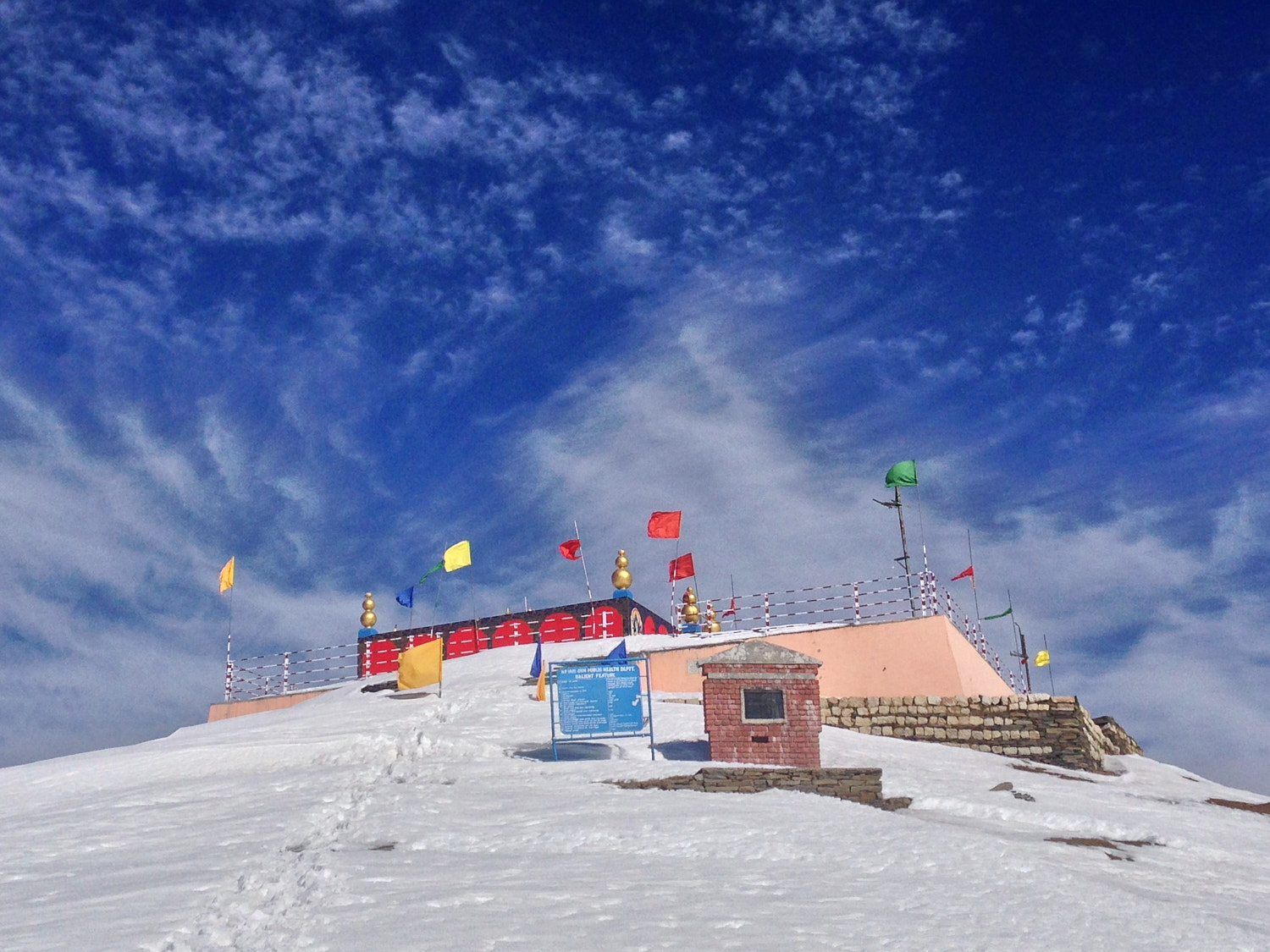An emergency kit for Himalayan trek
It is imperative to prepare and carry an emergency kit when spending any amount of time, hiking or trekking in the Himalaya. However, it is important to remember that this kit works only in conjunction with the presence of mind. Remember! That your brain was and shall aways be the best survival tool.
Table Of Contents
- STOP stands for
- 1. Knife & Ferrocerium Rod
- 2. Fire Starter
- 3. Stainless Steel Bottle
- 4. Rope/Cord
- 5. Headlamp
- 6. Bandana, Whistle & A Signalling mirror
- 7. Compass & Topographic Map
- 8. Needle and Dental Floss
- 9. Duct tape
- 10. Medicines
- 11. Garbage bag
- 12. Lifestraw
- 13. Money, Mobile & identification card
- Conclusion
- Related
When confronted with an emergency, the most important thing to do is to STOP.
STOP stands for
S for Stop
When you realise you’ve got a problem, the first thing to do is to stop panicking.
T for Think
Think about what you need to do to survive.
O for Observe
Observe the area or the situation; create shelter and look for water etc.
P for Plan
Plan how you are going to use your survival kit and the other resources available to you.
While having the skills to deal with an emergency situation is essential, you can make your life a lot simpler with a small emergency kit. An emergency kit is your go-to bag when things get out of hand. If for any reason, you are forced to ditch your rucksack and escape with just one item, this kit should be it. So here is my item pick on what should go into an emergency Himalayan trekking kit.
1. Knife & Ferrocerium Rod
Pick a full tang knife with a four to a five-inch carbon-steel blade and a flattened back edge. This is the most versatile and reliable, size and design. A knife is not for protection (though it will work) but it is a tool that enables you to create shelter and fire in almost any situation. Even though it is not full tang, I am yet to find a knife that is more robust than MoraKniv’s bushcraft survival knife. The Morakniv bushcraft also comes with a built-in ferrocerium rod.
2. Fire Starter
Getting a fire started and keeping a fire going are two separate skills that I’ve learnt to my peril. A cotton ball soaked in Vaseline makes an excellent DIY fire-starter. Watch how to make these inexpensive DIY firestarters. Couple these “mini-napalms” with an inexpensive BIC lighter and good-quality matchbox (Home Lites) in a watertight Ziploc bag.
3. Stainless Steel Bottle
Unlike a plastic bottle, a stainless steel bottle can be used to heat/treat water over a fire. Plus it doesn’t leach nasty stuff, unlike cheap plastic bottles.
4. Rope/Cord
While it is possible to use vines to fashion a rope; a small parachute cord or paracord is inexpensive and may be put to multiple uses like emergency shelter, fishing line, animal trap, hanging supplies, and much more.
5. Headlamp
If you are stranded on that day trek for some reason, a source of light is invaluable. Unlike a torch, a headlamp will keep your hands free. Keeping your hands free allow you to do other things while walking (like eating a granola bar). Hands-free and arms-extended also improves balance on tough terrain (and no more torch in mouth syndrome).
6. Bandana, Whistle & A Signalling mirror
From a scarf to a bandage or a signalling flag, a bandana is a cheap and a must-have survival tool. Similarly, a whistle is louder and easier on the lungs than shouting. Similar to a whistle a small shaving mirror can be used to signal on a sunny day.
7. Compass & Topographic Map
A GPS can fail and constellations may not be visible during cloudy weather. However, a compass with topographical maps and the knowledge to use them is failsafe. Survey Of India has digitized topographical maps knows as open series maps (available here).
8. Needle and Dental Floss
Dental floss makes a great high strength thread for repairing bags, clothes, and works even as emergency shoelaces. While a needle can be used to remove splinters etc.
9. Duct tape
From injuries to hotchpotch repair jobs. You don’t need to carry the whole roll, just wrap 2 metres of duct tape around a business card.
10. Medicines
I carry three essential medicines; a painkiller like Combiflam, something to stop diarrhoea like Imodium and an antibiotic like bacitracin. The number of days in a trek multiplied by the normal dosage should give you a reasonable carrying amount. Resist the urge to carry more.
11. Garbage bag
Can be used as an emergency poncho or for keeping your gear dry in a thunderstorm. It can also be used as additional insulation on a cold day.
12. Lifestraw
The only water filter that you will ever need. It is reliable because it no moving parts that may fail, cheap and lightweight. Helps you retrieve potable water from any available water source.
13. Money, Mobile & identification card
Keep a photostat identification card (driving license, PAN etc.) with some currency in different denominations next to your mobile phone. We prefer a good old push-button mobile over smartphones because of; their longer battery life, ability to hold low signal for longer and the fact that they can be operated with gloves on.
Conclusion
If you’re new to trekking, I recommend that you print this page and use it as a checklist for your next Himalayan trek. An emergency kit does not add much weight to your backpack and yet gives you the confidence to deal with
Related
- Three basic rules of survival.
- Do not turn a difficult situation into a survival situation.
- Offline Survival Manual - Android App available on Play Store.
- [Choosing the right clothing for a Himalayan trek]({% post_url 2015-09-17-Clothes-For-A-Himalayan-Trek %})




